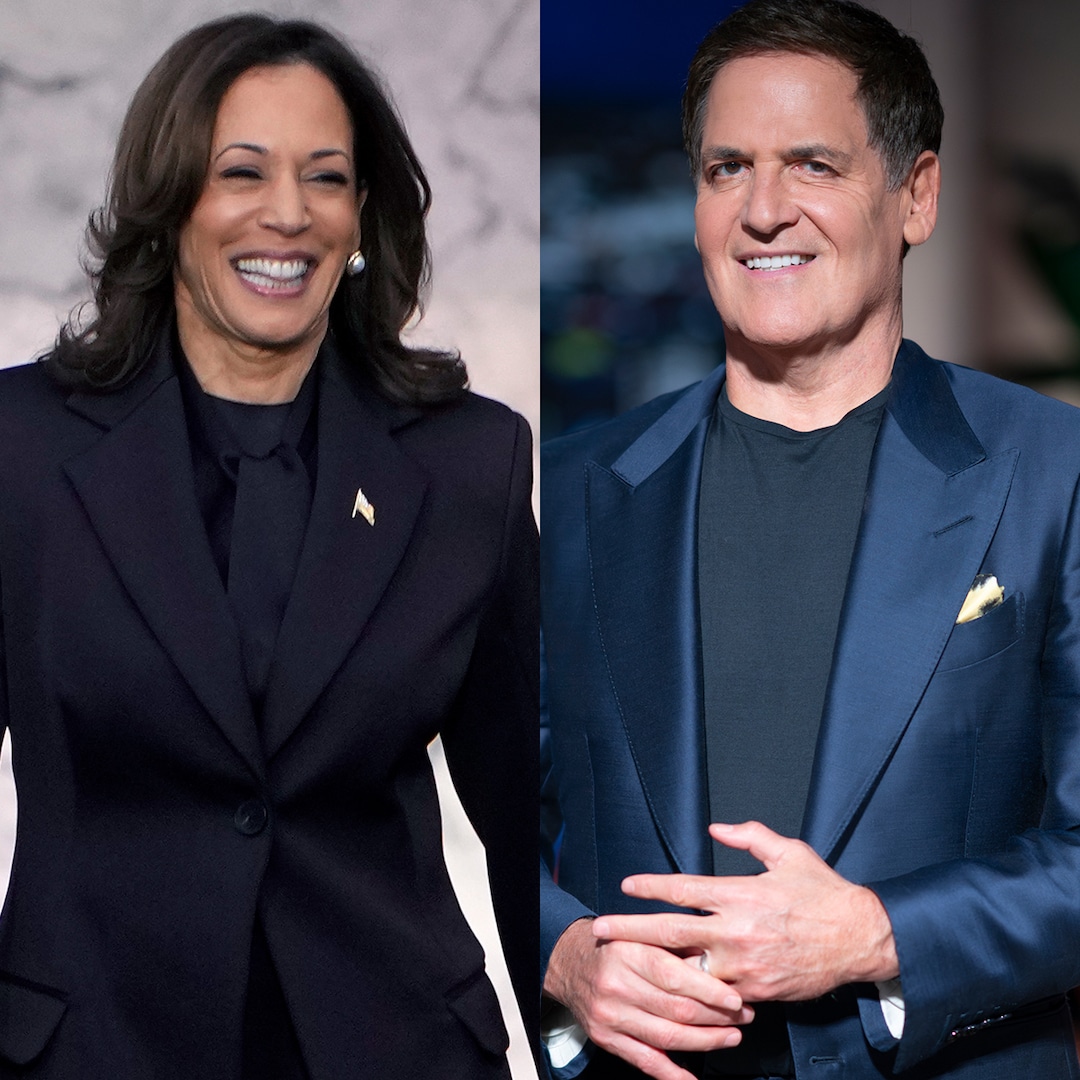The La Cañada Flintridge Memorial Day Parade began at 11 a.m. at Cornishon Avenue and traveled east along Foothill Boulevard to Gould Avenue. Its theme was “You’re a Grand Old Flag.”
The grand marshal will be Ivan Creggar, who served in the U.S. Army Air Forces during World War II, including Operation Tidal Wave. The 1943 bombing mission on nine oil refineries in Romania was called “one of the bloodiest and most heroic missions of all time,” in a 1999 research report prepared for the Air War College, with 310 U.S. aircrew members killed or missing and 190 aircrew captured or interned. There were 53 B-24 bombers destroyed and another 55 damaged.
A memorial service preceded the parade at Memorial Park.
The Honoring Our Fallen Memorial Day Reading of Names of the 7,057 Americans who have died in combat and training exercises since the 9/11 attacks as reported by U.S. Central Command was held early Monday at Rosie the Riveter Park in Long Beach.
Members of Gold Star families, local active-duty military, law enforcement, first responders and veterans assisted in reading the names of the fallen in order of death as inscribed on the park’s memorial wall.
Memorial Day ceremonies and observances were also held at the following sites:
— C. Robert Lee Activity Center in Hawaiian Gardens;
— Lancaster Cemetery;
— Lacy Park in San Marino ;
— Whittier City Hall;
— Acton Community Center;
— Highland Park Veterans Memorial Square;
— Glendale City Hall;
— Park Lawn Cemetery in Commerce;
— Cerritos Civic Center;
— Forest Lawn memorial parks in Covina Hills, Hollywood Hills and Long Beach;
— Green Hills Memorial Park in Rancho Palos Verdes;
— Veterans Park in Lomita;
— Los Angeles National Cemetery in Westwood;
— Eternal Valley Memorial Park in Newhall ;
— Mines Avenue Veterans Monument in Pico Rivera;
— Memorial Obelisk outside Inglewood City Hall;
— Del Valle Park in Lakewood;
— Norwalk Cultural Arts Center;
— Rose Hills Memorial Park & Mortuary in Whittier;
— Wilmington Cemetery;
— Forest Lawn Glendale;
— American Legion Hollywood Post 43;
— Mission Viejo Civic Center;
— La Palma Civic Center;
— Memorial Park in Irvine;
— Pines Park in Dana Point;
— Veterans Park in Fountain Valley
— Loma Vista Memorial Park in Fullerton;
— Harbor Lawn-Mount Olive Memorial Park in Costa Mesa;
— Heroes Hall, OC Fair and Event Center in Costa Mesa;
— Forest Lawn in Cypress;
— Anaheim Cemetery;
— Naval Weapons Station, Seal Beach;
— El Toro Memorial Park, Lake Forest;
— Community Center, San Clemente;
— Richard Nixon Presidential Library and Museum, Yorba Linda;
— Huntington Beach Pier.
In his Memorial Day proclamation, President Donald Trump proclaimed Monday as a day of prayer for permanent peace, designating 11 a.m. in each time zone as a time during which people may unite in prayer, citing a 1950 joint resolution by Congress.
Trump also asked all Americans to observe the National Moment of Remembrance beginning at 3 p.m. in each time zone under a bill signed into law in 2000 by then-President Bill Clinton. It was first held on Memorial Day in 2000 under a proclamation by Clinton in an attempt “to reclaim Memorial Day as the noble event it was intended to be, to honor those who died in service to our nation.”
The Moment of Remembrance is a “way we can all help put the memorial back in Memorial Day,” its founder Carmella LaSpada said.
Trump’s proclamation also requested governors of all U.S. states and territories and the appropriate officials of all units of government to direct that flags be flown at half-staff until noon on Memorial Day on all buildings, grounds and naval vessels throughout nation and in all areas under its jurisdiction and control.
“Memorial Day is a sacred day of remembrance, reverence and gratitude for the brave patriots who have laid down their lives in service to our great nation,” Trump declared in his proclamation. “Throughout our history, brave men and women have been called to defend the cause of liberty on foreign shores in defense of our homeland.
“Their noble sacrifices are marked by flag-draped coffins and the silent sorrows of those left behind. We must never forget those who have given everything for our country.”
What became Memorial Day was first observed on May 30, 1868, as Decoration Day, a time for the nation to decorate the graves of the Civil War dead with flowers.
It was established 25 days earlier by Maj. Gen. John Logan, national commander of the Grand Army of the Republic, an organization of veterans who fought for the Union in the Civil War. It is believed that date was chosen because flowers would be in bloom all over the nation.
By the end of the 19th century, Decoration Day ceremonies were being held on May 30 throughout the nation. After World War I, the holiday was changed to honor Americans who died fighting in all wars.
The term Memorial Day was first used in 1882, became more common after World War II and declared the official name by federal law in 1967.
Memorial Day had been observed on May 30, until being moved to the last Monday in May in 1971 under terms of the Uniform Monday Holiday Act, which became law in 1968.















